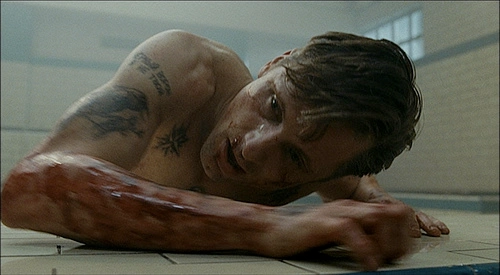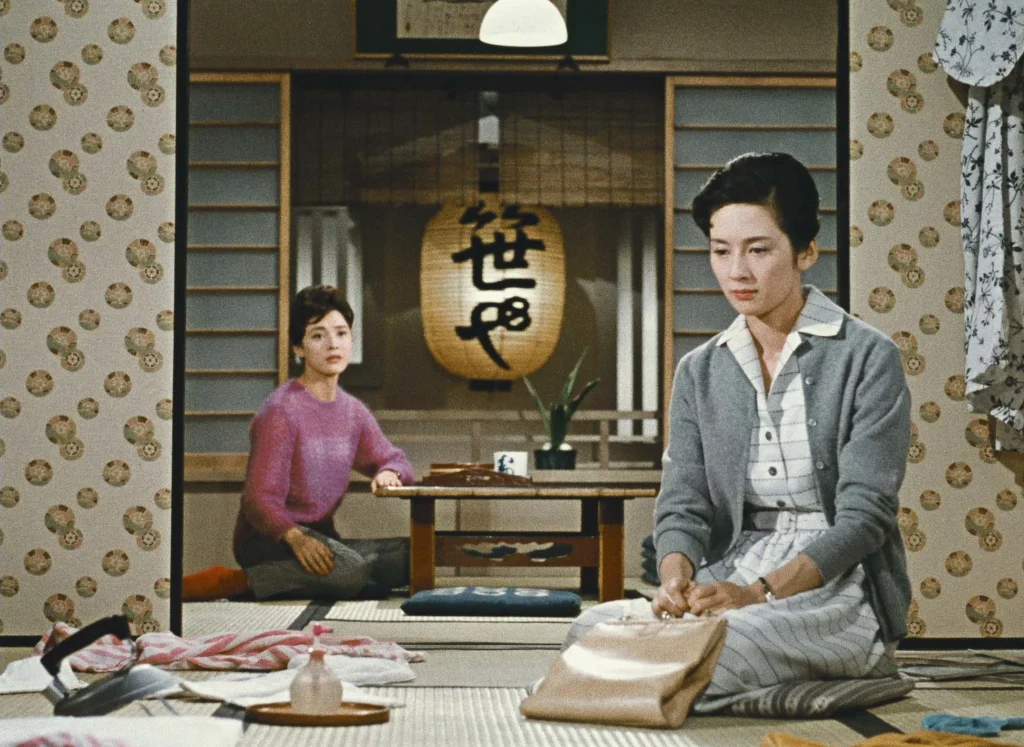There are actors who leave an indelible mark with their performances, captivating audiences and etching their characters in our hearts. One such actor is Chishu Ryu, a Japanese icon known for his sensitive portrayals and subtle expressions. Ryu’s career, which spanned six decades, boasts collaborations with renowned director Yasujirō Ozu and a body of work that showcases his immense talent. In this article, we pay homage to Chishu Ryu, exploring his unique acting style, his collaboration with Ozu, and the lasting impact he has had on the world of Japanese cinema.
Born on May 13, 1909, in Yokohama, Japan, Chishu Ryu was initially drawn to the path of a Buddhist monk. However, his passion for acting led him to join the Shochiku Film Company’s acting school in Tokyo. Under the mentorship of director Yasujirō Ozu, Ryu honed his skills and developed a deep understanding of human emotions, which would later become a hallmark of his performances.
Collaboration with Yasujirō Ozu
The collaborative partnership between Chishu Ryu and Yasujirō Ozu birthed some of the most celebrated works in Japanese cinema. Ozu’s films often depicted familial relationships, societal changes, and the quiet nuances of everyday life. Ryu was Ozu’s trusted collaborator, appearing in over thirty of the director’s films. Together, they created cinematic masterpieces that explored the depths of human emotions with grace and subtlety.
Mastery of Emotional Resonance
Chishu Ryu’s acting style was characterized by his ability to convey emotions through subtle gestures and expressions. He possessed a unique gift for evoking deep emotional resonance, effortlessly communicating complex feelings with the simplest of actions. Ryu’s performances were marked by his understated presence, allowing the audience to connect with his characters on a profound level.
Portrayals of Father Figures
One of Chishu Ryu’s most memorable roles was that of the father figure in Ozu’s films. He depicted a wide range of paternal characters, from the stern and traditional to the gentle and understanding. Ryu’s performances in films such as “Tokyo Twilight” and “Tokyo Story” showcased his portrayal of fathers struggling with societal and generational changes, leaving a lasting impact on viewers who could empathize with the complexities of family dynamics.
Reflection of Post-War Japan
Chishu Ryu’s career coincided with a transformative period in Japanese history. His performances captured the essence of post-war Japan, reflecting the cultural, social, and economic shifts in the country. Ryu’s characters often embodied the struggles and conflicts faced by ordinary people trying to find their place in a changing society. Through his nuanced portrayals, he provided a mirror for audiences to navigate their own experiences and emotions.
Legacy and Lasting Impact
Chishu Ryu’s contributions to Japanese cinema cannot be overstated. His collaborations with Yasujirō Ozu have left an indelible mark on the art of storytelling, influencing generations of filmmakers and actors. Ryu’s ability to tap into the depths of humanity with his performances remains an inspiration for actors around the world. Even after his passing in 1993, his films continue to resonate with audiences, reminding us of the enduring power of his craft.
Conclusion
Chishu Ryu, with his remarkable talent and profound understanding of human emotions, has graced the world of Japanese cinema with performances that remain etched in our memory. His collaborations with Yasujirō Ozu paved the way for a new wave of filmmaking and storytelling. Ryu’s ability to convey emotional depth through subtle expressions and gestures has made an indelible impression on audiences, cementing his legacy as one of Japan’s greatest actors. As we celebrate his contributions and reflect on his immense body of work, it is clear that Chishu Ryu’s impact on Japanese cinema will be cherished and admired for generations to come.




